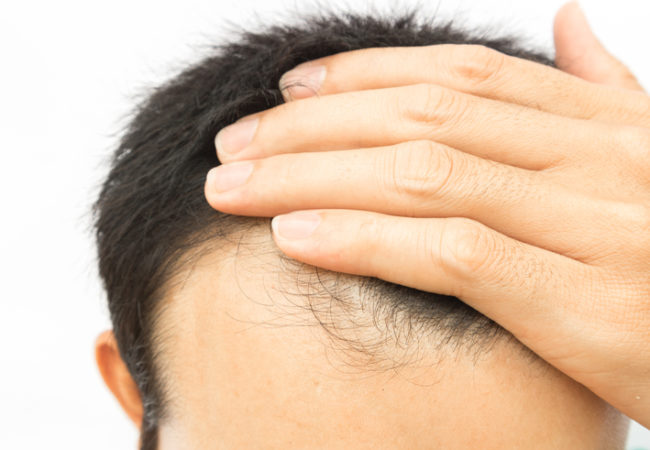PRP Hair Loss Treatment Cranbury NJ
What is PRP?

To understand how PRP works, it is important to be aware of the role that platelets play in healing. Platelets are a component of blood, along with red and white blood cells. When a person sustains a cut or wound, the platelets are some of the body’s “first responders” that arrive to stop the bleeding and promote healing. Researchers theorized that if they could extract concentrated platelets and inject them into damaged areas of the body, they could accelerate healing.To produce PRP, a medical professional will take a blood sample and put it into a machine called a centrifuge. This machine spins at a rapid rate, which separates the components of the blood. The medical professional then extracts the platelets for injection.
PRP Hair Loss Treatment in Colts Neck NJ contains a range of growth factors and proteins that speed tissue repair. As some types of hair loss result from damage to hair follicles, researchers initially hypothesized that PRP could help regrow hair by reversing the process that occurs in androgenetic alopecia. Since then, PRP has become a popular method of restoring hair growth. Doctors have also used PRP to treat injuries to the tendons, muscles, and ligaments, such as those that people sustain during sporting activities.
Who it works for?
Anyone experiencing hair loss is essentially a good candidate for PRP treatments, but those with early hair loss tend to respond best, “PRP is best used for patients with androgenic alopecia, which is a genetically determined type of hair thinning that typically occurs along the top of the head.” In women, this might look like a widening part with normal hair thickness at the back of the head.
The results?
For best results, consistency is key. Treatments are typically performed once a month for the first three to four months, and then every three to six months thereafter, depending on the individual patient’s response and results. Following this protocol, anticipated results can first be seen within two to three months.
“The first result that patients usually note is decreased hair shedding, followed by early regrowth and increased length of hair,” “The general consensus is that receiving treatments every three to six months on a long-term basis are optimal for continuing to stimulate the growth factors and stem cells that are associated with regrowth and stopping hair fallout.”
It’s important to keep in mind that PRP can, and should, be a part of a multifaceted program to treat hair thinning and loss. Your dermatologist may prescribe you spironolactone or finasteride to help promote hair regrowth as well if you are post-menopausal.